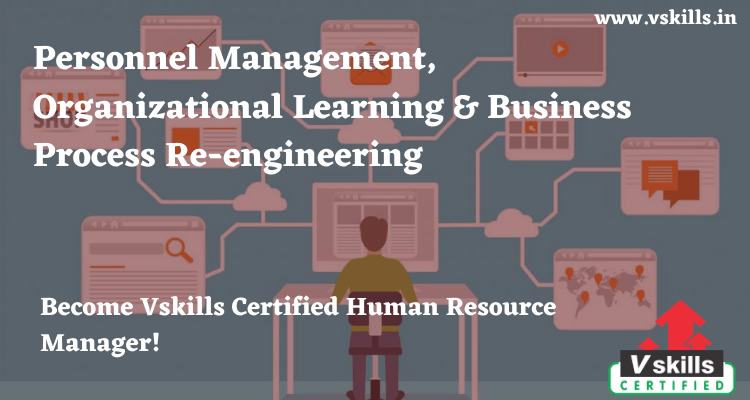Personnel management and industrial relations are two related but distinct fields that deal with managing the relationship between employers and employees in the workplace. While personnel management focuses on managing the administrative functions of an organization’s workforce, industrial relations is concerned with managing the relationship between employees and employers. Both fields are important for the effective management of a workforce and ensuring a productive and harmonious workplace.
Personnel Management
It is an important function of an HR manager which encompasses covering all the steps of an employee’s life cycle in the organization i.e. from induction of an employee, day-to-day management of employee and his or her records, and finally exit of an employee.
Industrial Relations
It is also called employment relations or employee relations. It is a crucial aspect of human resource management especially in manufacturing sector or those sectors were unskilled and semi-skilled labor as it deals with organizational interaction with all employees with the matter related to:
- Wages and salaries
- Benefits and incentives
- Performance appraisal
- Dispute resolution
- Communicating with all employees at all levels
It primarily focuses on the following:
- Trade unionism
- Collective bargaining
- Labor-management
- Labor law and policy
Strategic Human Resource Management and Business Process Re-engineering
The normative models of human resource management focus on the significance of organizational design and are broadly related to job designs that promote horizontal and vertical firmness of activities and better worker sovereignty. Organizational redesigns are also termed as business process re-engineering or high-performing work systems.
Strategic Human Resource Management and Organizational Learning
In the midst of formulations of Strategic Human Resource Management, formal as well as informal organizational learning signifies an important tool that helps managers to attain the human resource management goals related to the dedication, quality, and flexibility. Therefore, such an emergent field of research has been a focal point in the resource-based strategic human resource management models. In the management context, it is often argued that formal and informal organizational learning strengthens the core competencies of an organization and leads to a competitive advantage. Organizational learning, undoubtedly, strengthens the cultural control and the power of the top-level managers of the organization and could also be the cause of conflicts on productivity and job control.
The Module “Personnel Management, Organizational Learning & Business Process Re-engineering” covers:
- What is personnel management?
- Nature and Role of Personnel Management
- Functions of Personnel Management
- Organisation of Personnel Development
- Difference between Personnel Management and HRM
- Personnel Policy and Procedure
- Formulation of Personnel Policy
Practice Questions
Q1. What is the primary goal of personnel management?
A) To promote good relations between employees and employers
B) To ensure that an organization has the right number of qualified employees to meet its operational needs
C) To negotiate collective bargaining agreements
D) To manage disputes between employees and employers
Correct Answer: B – To ensure that an organization has the right number of qualified employees to meet its operational needs
Q2. Which of the following is a function of industrial relations?
A) Recruitment and selection
B) Performance evaluation
C) Negotiating collective bargaining agreements
D) Training and development
Correct Answer: C – Negotiating collective bargaining agreements
Q3. What is the main focus of personnel management?
A) Managing the relationship between employers and employees
B) Promoting a healthy and productive work environment
C) Managing the administrative functions of an organization’s workforce
D) Negotiating disputes between employees and employers
Correct Answer: C – Managing the administrative functions of an organization’s workforce
Q4. What is the primary goal of industrial relations?
A) To ensure that an organization has the right number of qualified employees to meet its operational needs
B) To manage the administrative functions of an organization’s workforce
C) To promote good relations between employees and employers
D) To negotiate disputes between employees and employers
Correct Answer: C – To promote good relations between employees and employers
Q5. Which of the following is a key responsibility of personnel management?
A) Negotiating collective bargaining agreements
B) Managing employee performance
C) Developing policies to promote a healthy work environment
D) Mediating disputes between employees and employers
Correct Answer: B – Managing employee performance



